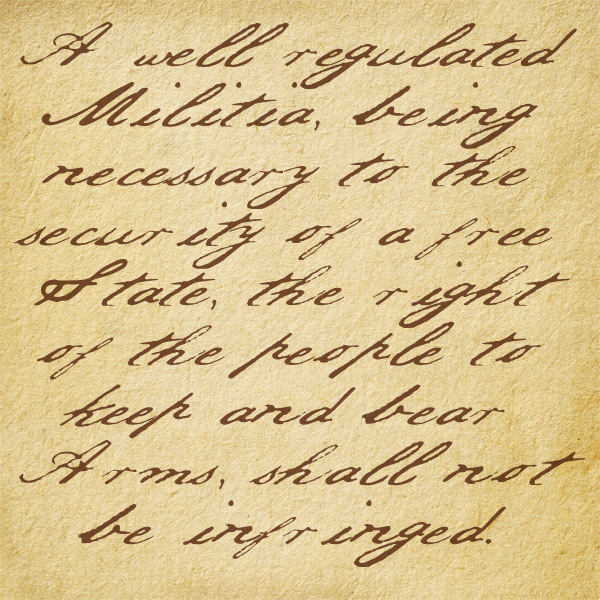Go outside to shovel some now, and come back in and the world has changed. I wish every snowstorm accompanied good news like this. The restrictive licensing regime imposed by San Diego County, where applicants have to demonstrate need, has been struck down by the 9th Circuit Court of Appeals, which would effectively make California “shall-issue” if the ruling holds. I can’t believe I just said “California” and “shall-issue” in the same sentence. Congratulations to Clayton for having two of his law reviews cited in the opinion. From Dave Kopel:
The Peruta decision does not strike down California’s statutes about licensing for the carrying of firearms. The decision simply says that the “good cause†requirement may not be interpreted in a manner that disable typical law-abiding citizens from being able to obtain carry permits. The state statute is fine; the way the statute was interpreted by many California jurisdictions is not.
The next step for San Diego would be to petition for en banc review, in front of the whole circuit, and from there, to the Supreme Court, if they choose to hear it. Hopefully this is the next step in bringing the blue states back to America.
UPDATE: All is proceeding as Joe has foreseen.
UPDATE: Bob Owens has a pretty good list of choice quotes from the opinion.
UPDATE: Emily Miller: A big win for NRA. It’s been crickets from the gun control groups. They’ve been trying to tailor a narrative that they win most of the court cases, which is true. But we’re winning the ones that matter.


